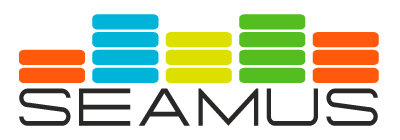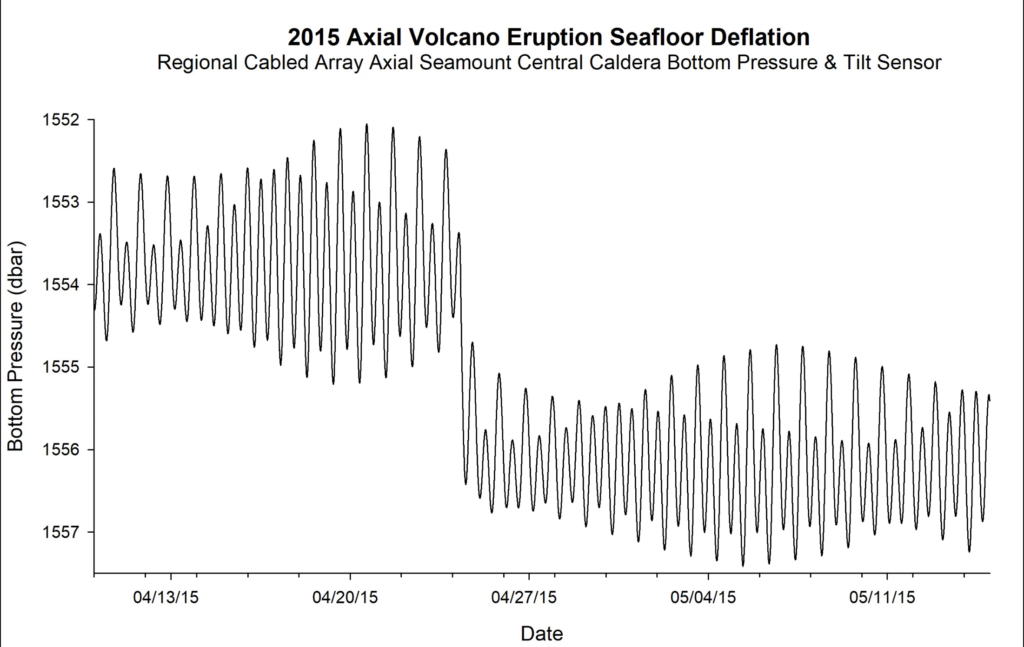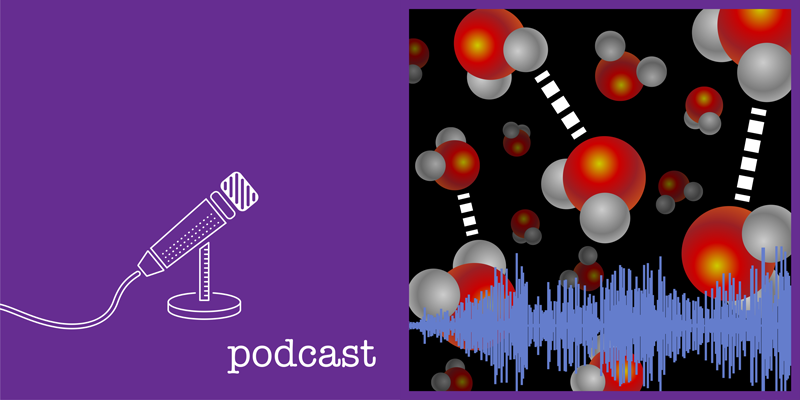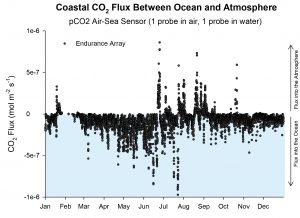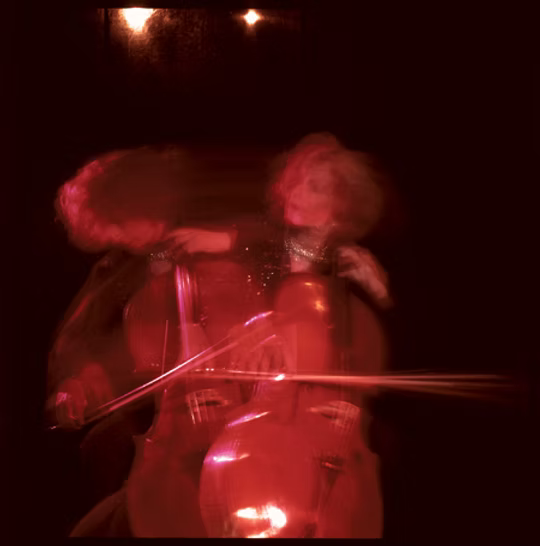 Tom Williams’ Like the Sea Itself (2024) is a work for cello, fixed media and live Kyma electronics. Cellist Madeleine Shapiro will be performing the work at ICMC2025 Boston (where it was selected in a double blind review process) and at NYCEMF 2025.
Tom Williams’ Like the Sea Itself (2024) is a work for cello, fixed media and live Kyma electronics. Cellist Madeleine Shapiro will be performing the work at ICMC2025 Boston (where it was selected in a double blind review process) and at NYCEMF 2025.
Described as “a musical meditation on the elemental nature of the sea,” Williams developed the work in close collaboration with New York cellist Madeleine Shapiro and was deeply influenced by Alice Oswald’s poetry on the nature of water. As Oswald writes, “…the sea has endless beginnings.”
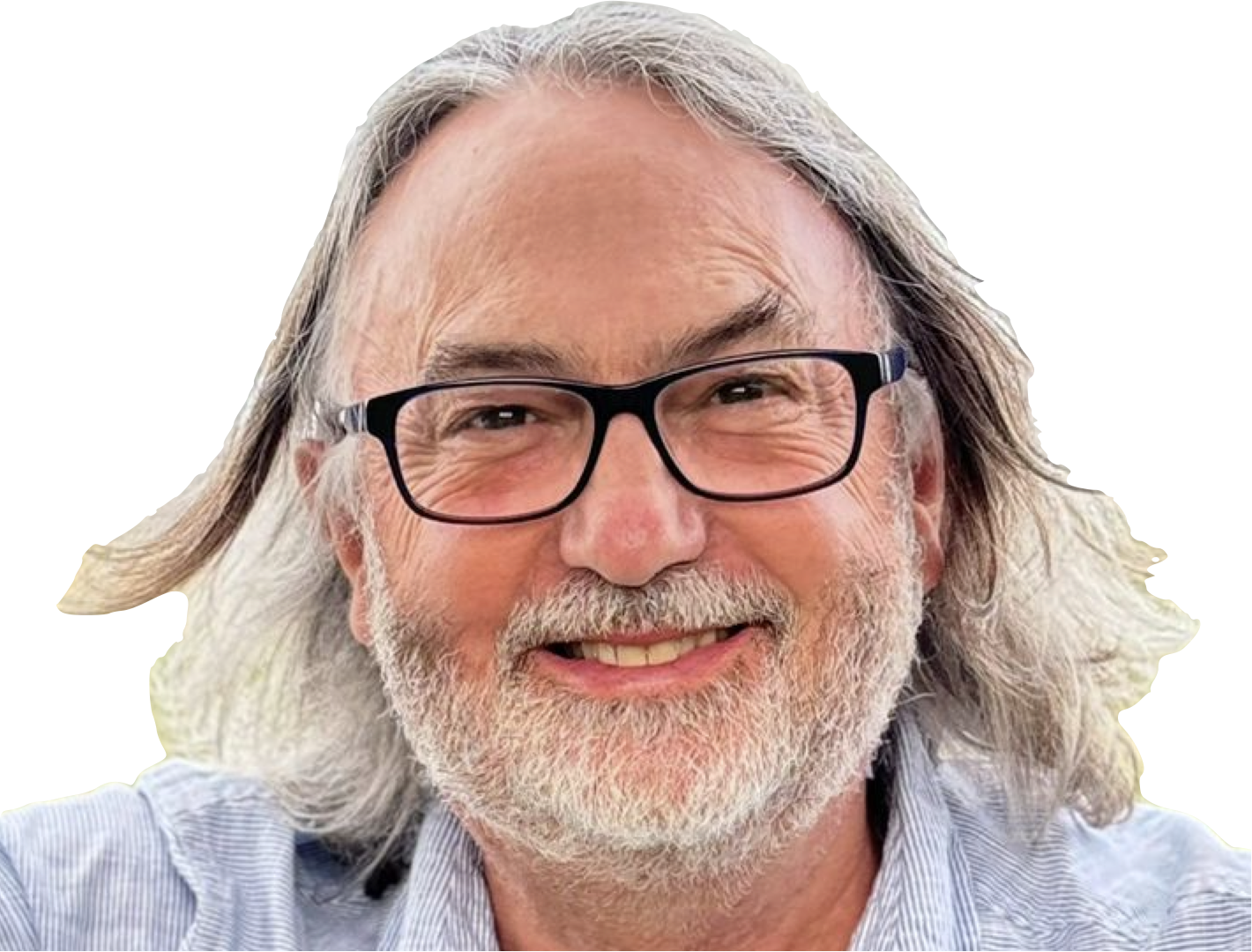 Composed over the autumn of 2024, Like the Sea Itself is comprised of two elements: recordings the composer made of the North Sea on the Suffolk coast and recordings of Shapiro improvising on these sea recordings in her apartment in Manhattan, New York.
Composed over the autumn of 2024, Like the Sea Itself is comprised of two elements: recordings the composer made of the North Sea on the Suffolk coast and recordings of Shapiro improvising on these sea recordings in her apartment in Manhattan, New York.
Created using Kyma and the Pacamara, the fixed media portion is shaped by the energy and turbulence of both the cello recordings and the sea itself.
Like the Sea Itself can performed either as a fixed media sound composition or as a live free improvisation by the cellist to the fixed media sound composition.

